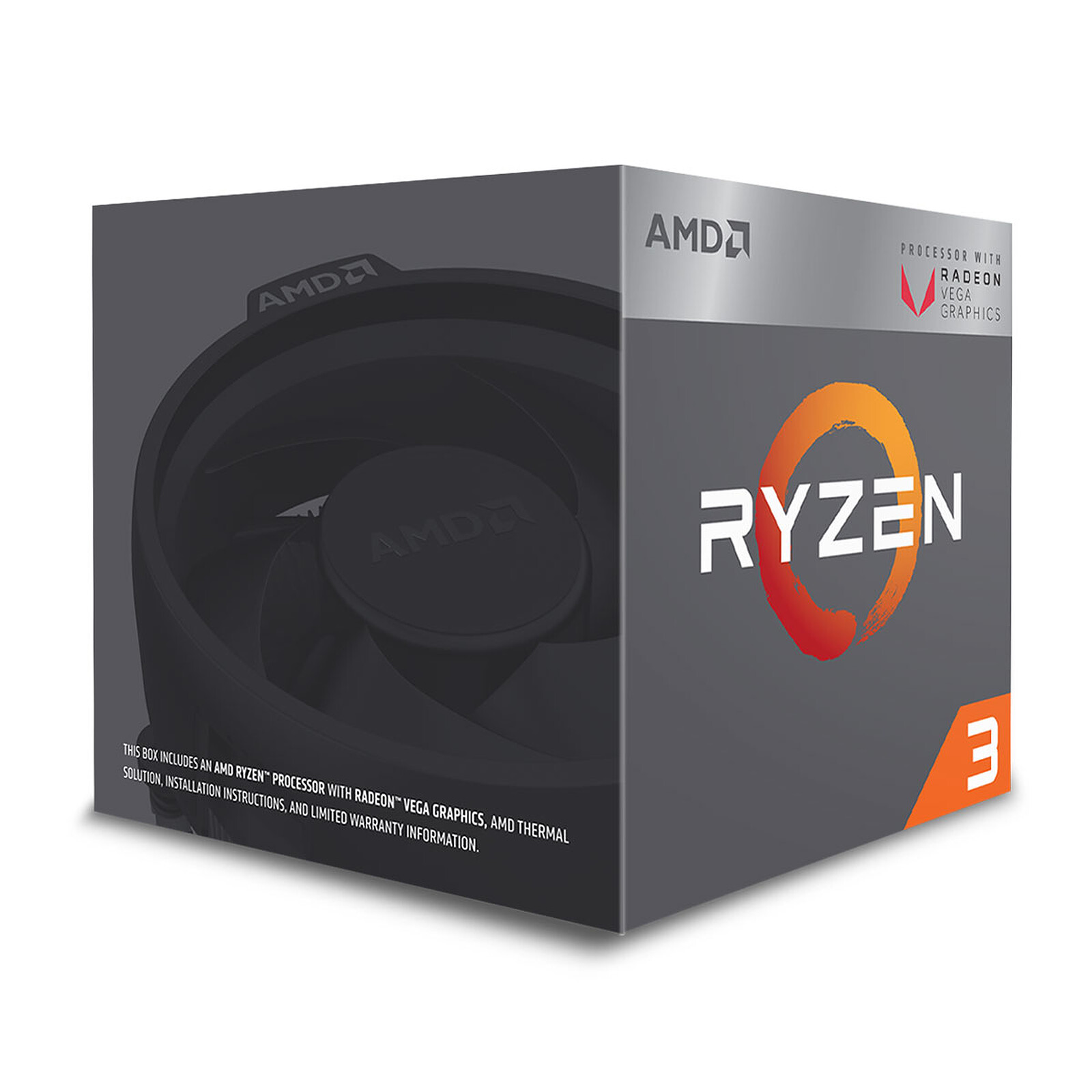

The Precision Boost 2 algorithm has been tweaked further and still performs well. System RAM (mclk) the speed of the System Memory, RAM.Unified Memory Controller (uclk) controls the speed that commands can be received or sent from the CPU to RAM.Infinity Fabric (fclk) defines the speed that the CPU cores will communicate across CPU dies and with the SoC Controller for PCIe, USB and SATA devices (storage, graphics cards, network interface cards).Three particular clock speeds are most important to Zen 3: Infinity Fabric, Unified Memory Controller, and System RAM all have their clock speeds linked in a 1:1:1 ratio which essentially means that faster RAM will deliver a faster system. Zen 3 also has higher load and store bandwidth compared to the previous generation to support the enhanced instruction execution. Latency reductions have been achieved by methods including a larger integer window and an increase to Floating-Point bandwidth from the Zen 2 architecture. There was a focus on running multiple predictions and having faster recovery from mispredictions. The Ryzen 9 5950X has all cores enabled for 16 in total and the same 64MB of 元 cache.Įnhancements have been made to the way branch prediction works and the fetching of instructions. The Ryzen 9 5900X uses two Unified CCX connected via Infinity Fabric to deliver 12 cores and 64MB of combined 元 cache. In this scenario, the shared 32MB of 元 cache remains available to the active cores in the CCX which still delivers the same benefits in lightly threaded workloads. In the context of the Ryzen 9 5900X, both Unified CCXs have 2 of the 8 cores disabled with 6 active cores per CCX.

An example workload that fits this profile would be gaming where there are a lower number of threads under load that can take a bigger share of the 元 cache. What this means is that for lightly threaded workloads, the active threads have twice as much shared cache available to them and with lower latency. Zen 3 keeps the 元 Cache to core ratio the same at 4MB per core but the big change is the implementation of a Unified CCX with up to 8 active cores and 32MB of shared 元 cache. After observing different workloads including gaming workloads, the engineers at AMD noted the large amounts of data going through the 元 cache and made a key change. A Zen 2 Core Complex (CCX) consists of 4 cores and 16MB of 元 cache shared across the 4 cores of the CCX – which means that an absolute maximum of 16MB of cache is available to any core. Zen 2 architecture uses a Core Chiplet Die (CCD) made up of 2 Core Complexes (CCX). PCIE 4.0 has also been retained per Zen 2 which is an advantage over the current alternative platform.
#Intel equvalient of amd ryzen master series
The socket and power requirements are the same as Zen 2 and older AMD 400 series motherboards will be able to support Zen 3 with a BIOS update.ĪMD has been able to use the same I/O die as 3rd generation and change the Core Chiplet Die (CCD) from the Zen 2 technology to the Zen 3 in a non-disruptive modular way. This should be good for yields as it’s a mature process that currently works. Zen 3 is built on what is essentially the same 7nm manufacturing process as Zen 2. This omission of stock coolers for high-end processors is now considered the ‘norm’ with Intel also making the same decision. Given how capable the Wraith Stealth has historically been with 65W processors, this supports the value proposition of the 5600X and will make it attractive to those wanting performance but without a large outlay.Īt 105W, the Ryzen 9 and Ryzen 7 models will be sought after by creators, enthusiasts and high-end gamers who would most likely bypass a stock cooler and pair these CPUs with higher-end air or water coolers. Note that the 65W Ryzen 5 5600X is the only model that comes with a CPU cooler, the Wraith Stealth. Our test platform uses a 240mm AIO water cooler and we saw the 5900X frequencies hitting and often nudging 4.95 GHz at stock settings. The boost frequencies depend on power delivery and thermal parameters to be optimal but with typical cooling relative to the price point of the processor, this shouldn’t be a problem. The new Zen 3 CPU line up consists of two Ryzen 9 CPUs (5900X and 5950X), the Ryzen 7 5800X and the Ryzen 5 5600X. For this review, I’ll cover the highlights and the product lineup for context. Check that out if you are interested in more detail behind the architectural changes and why Zen 3 is such a big deal. I covered Zen 3 in more detail with a brief recap of Ryzen’s evolution in our Ryzen 7 5800X review.


 0 kommentar(er)
0 kommentar(er)
